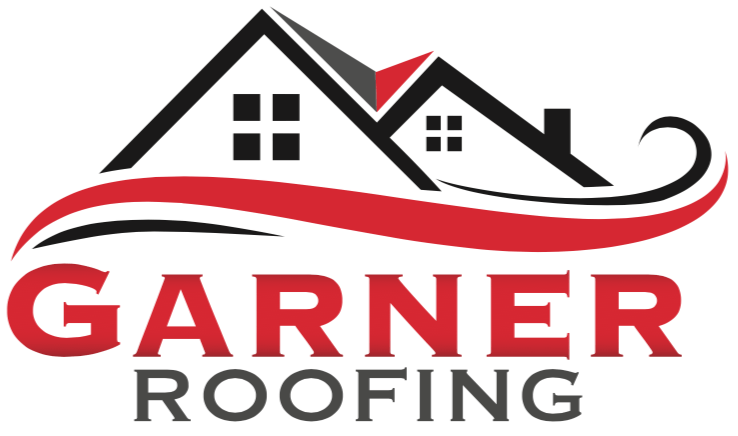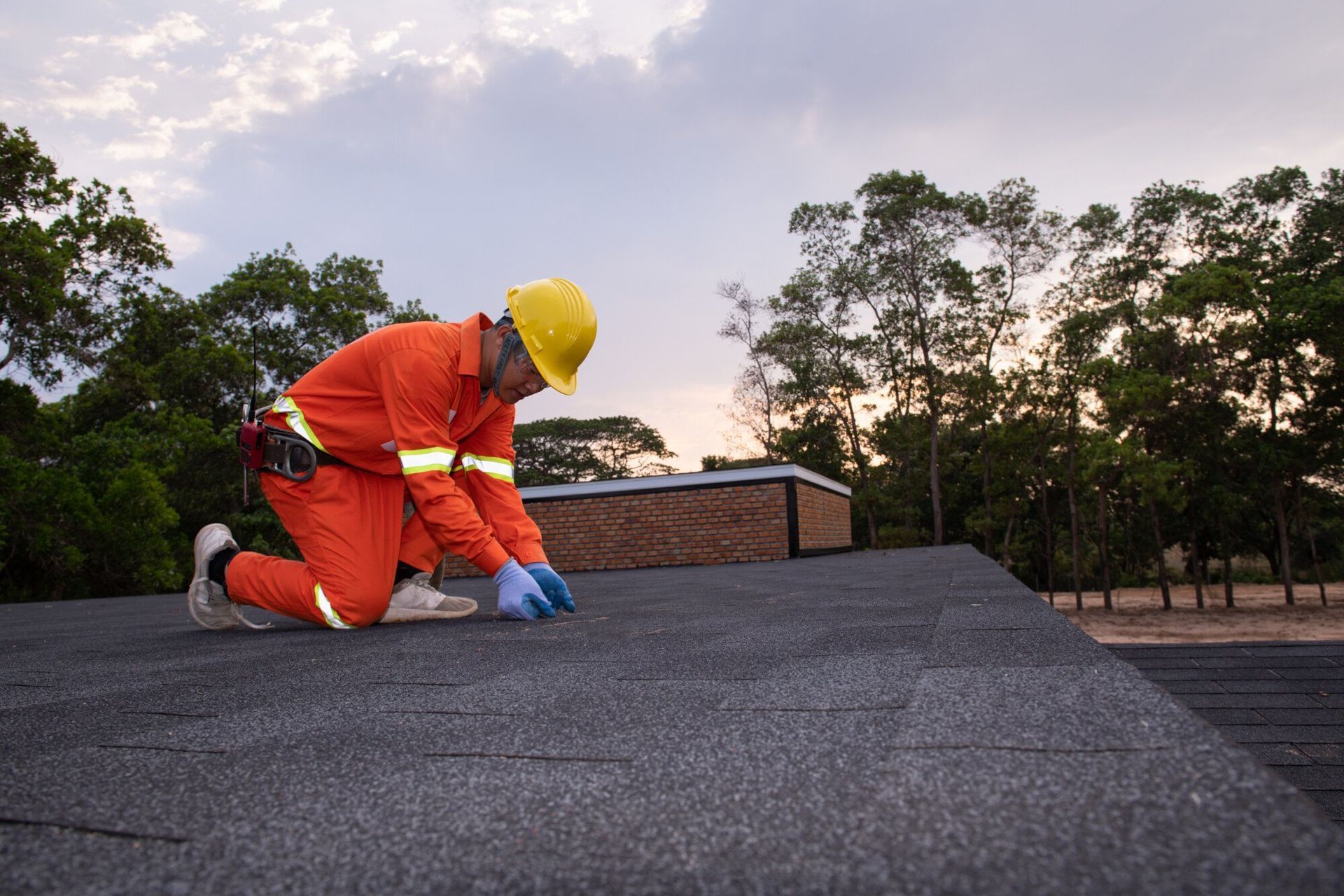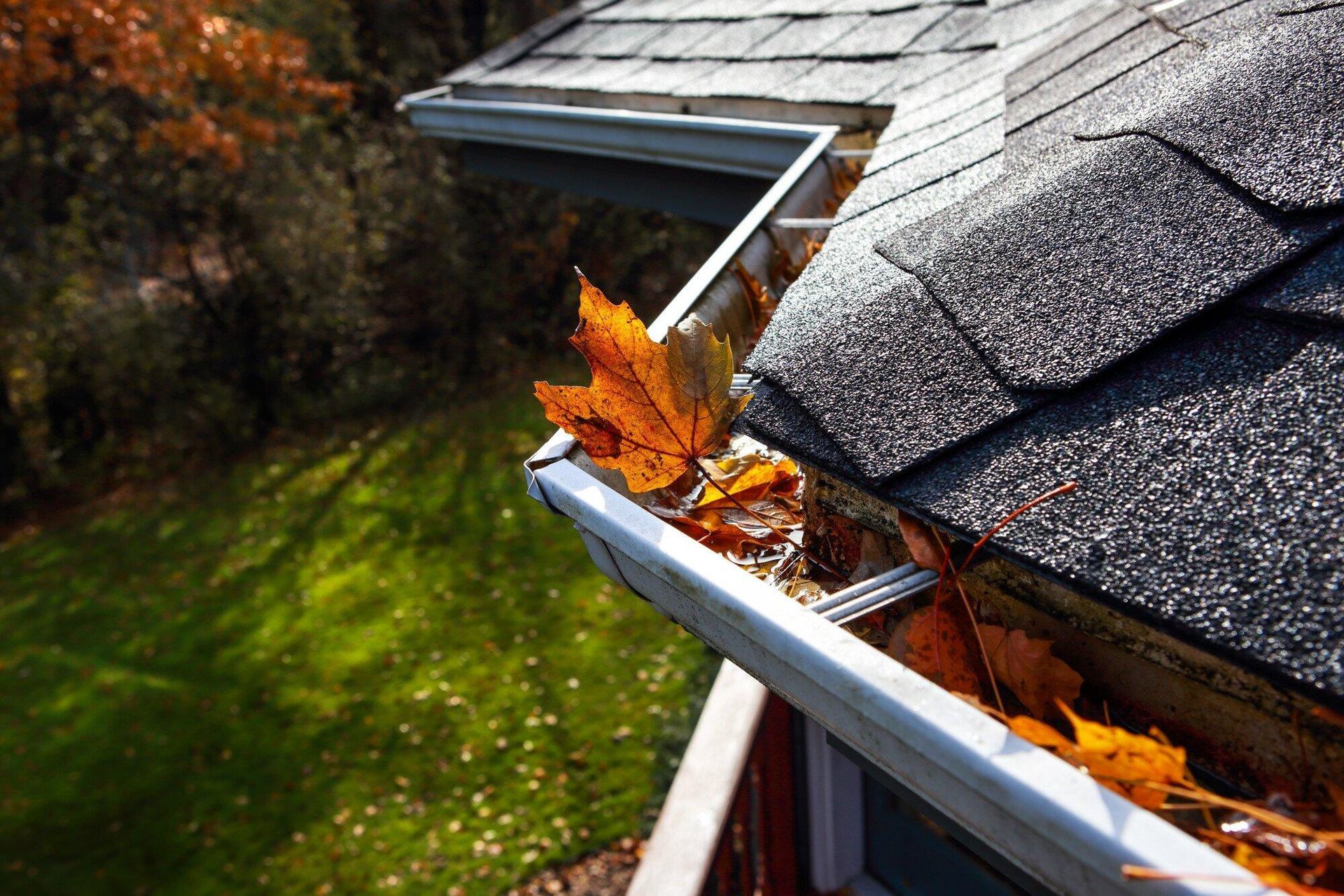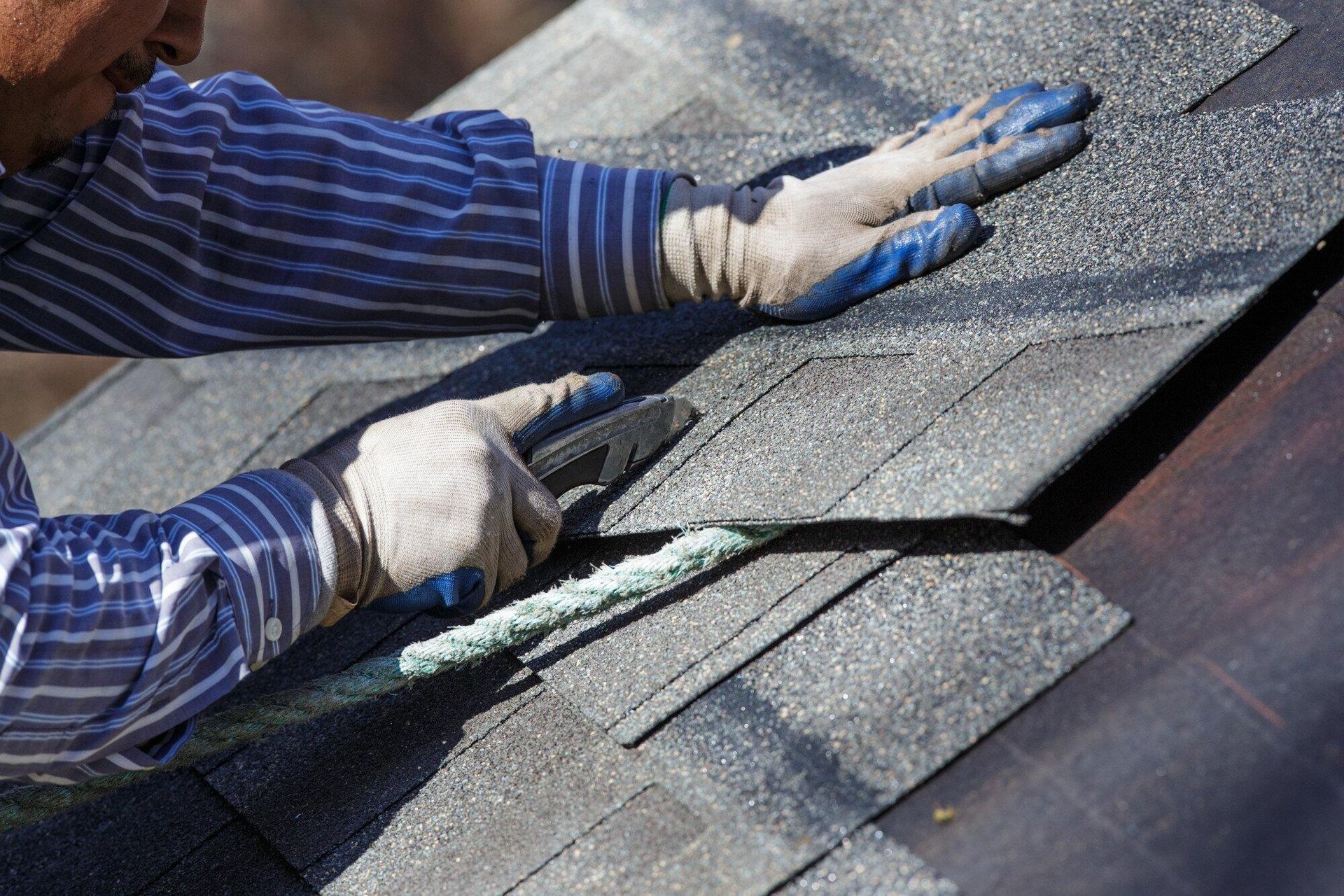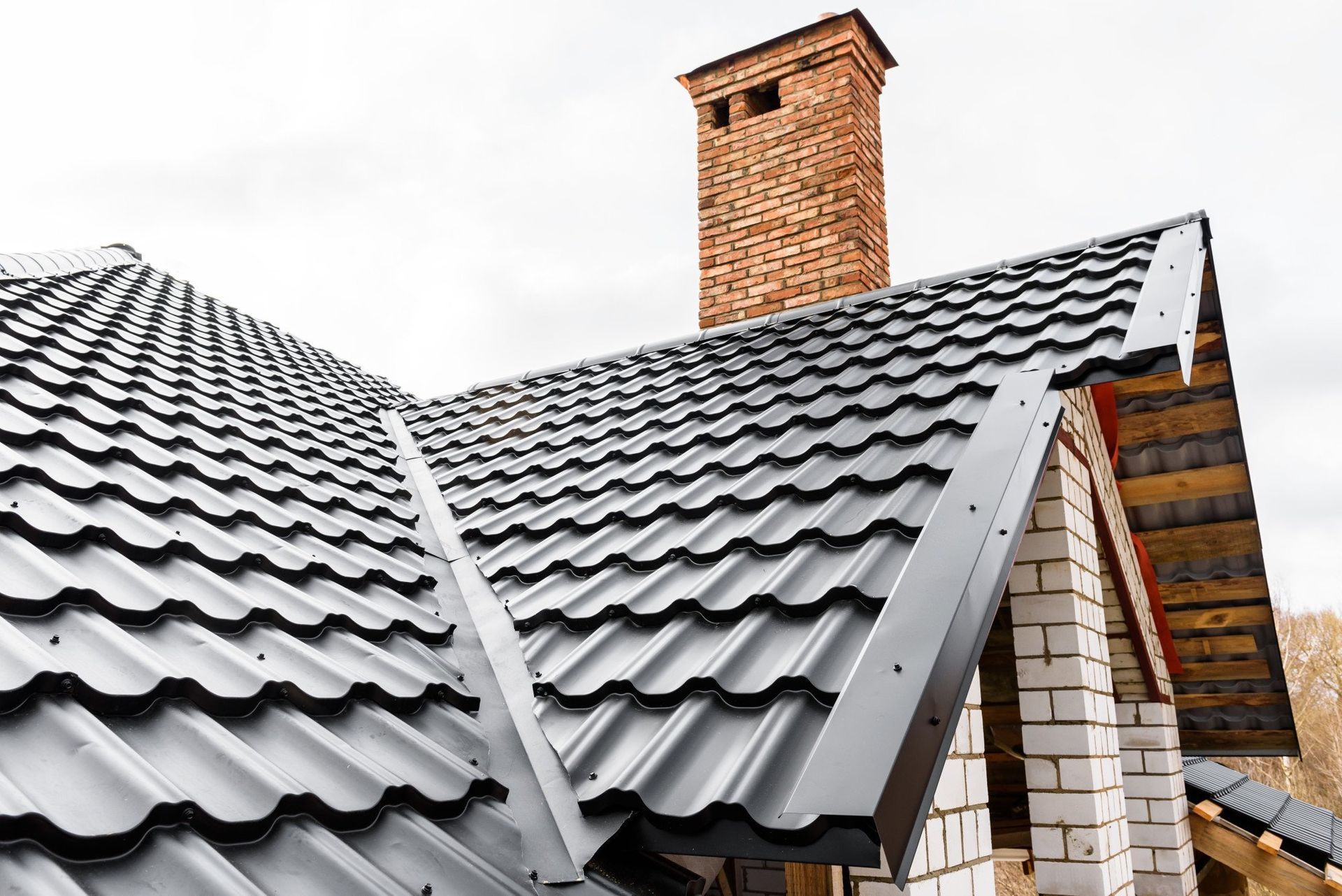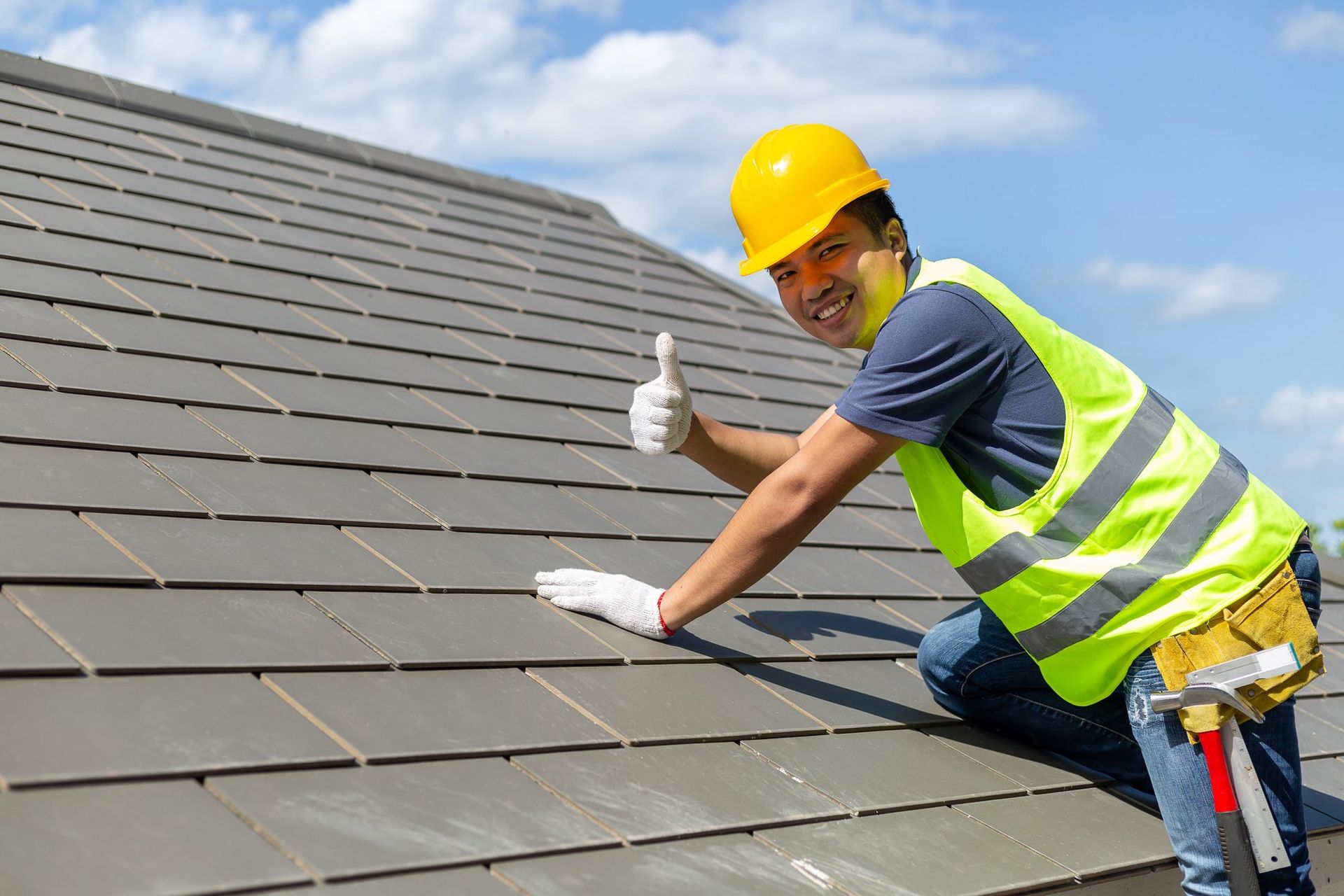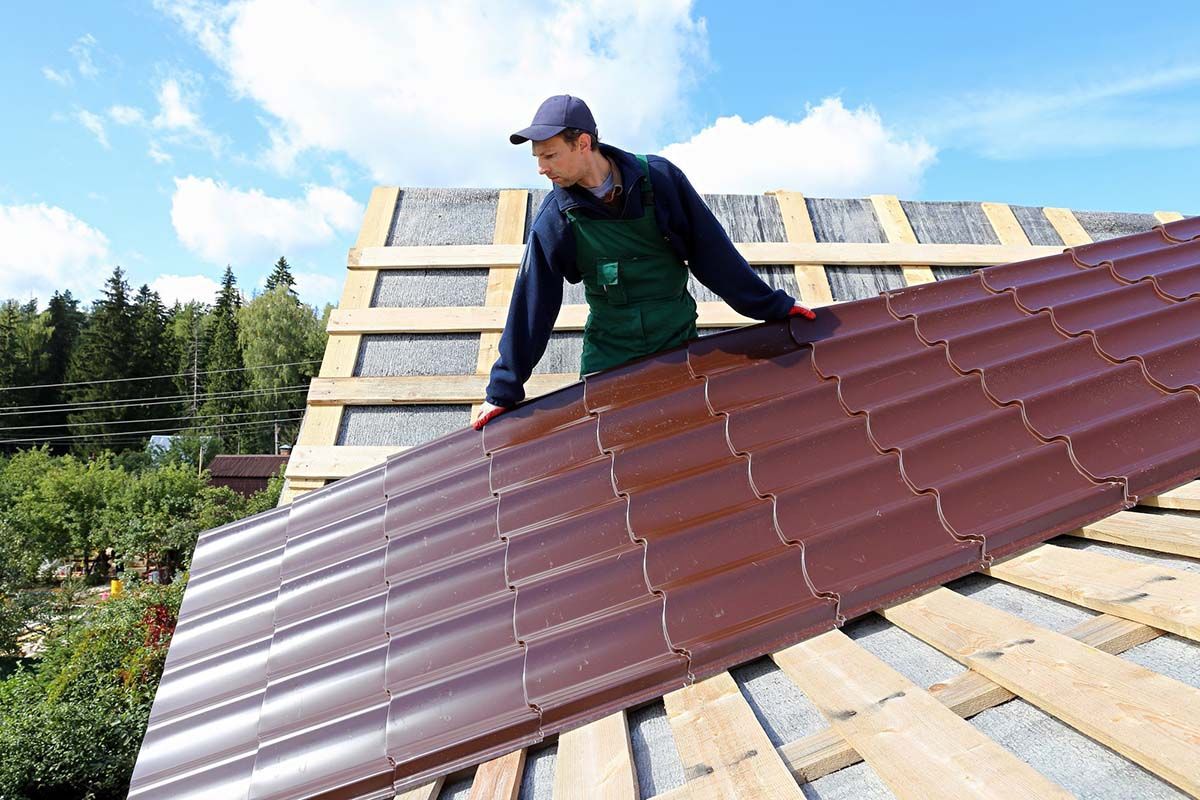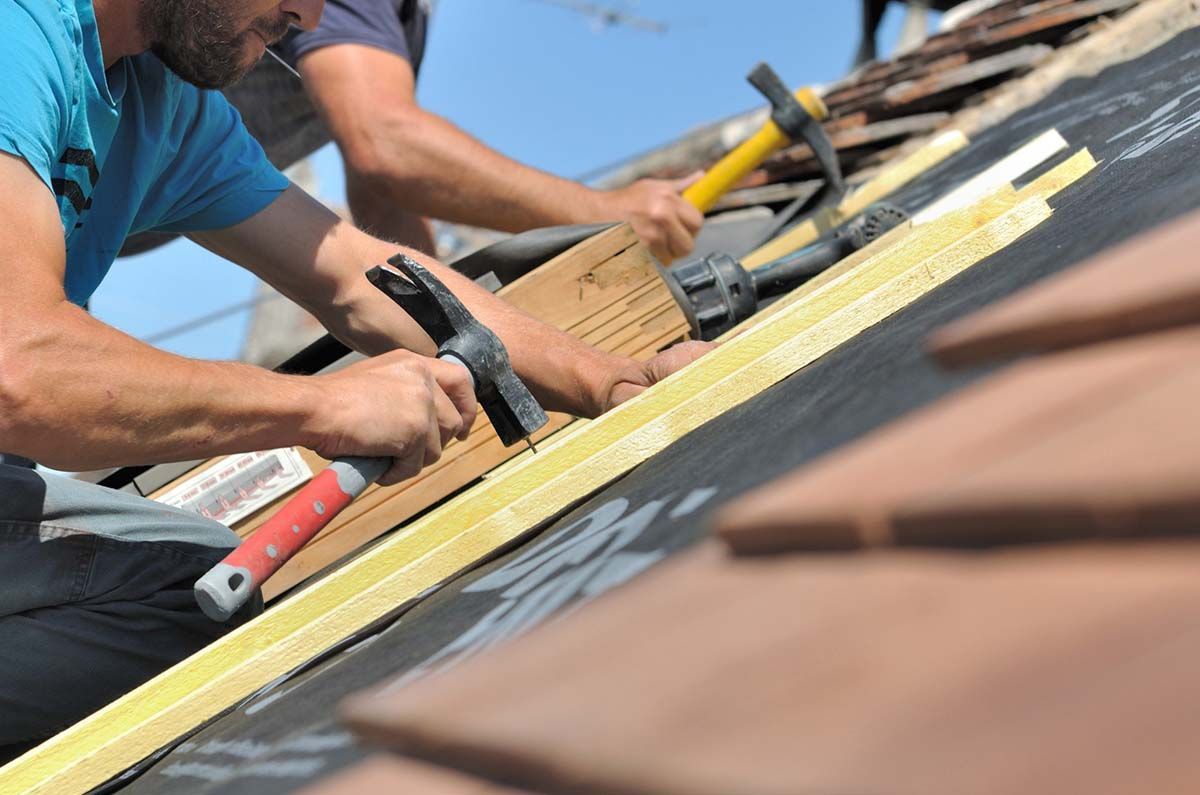Metal Roofing vs Asphalt Shingles: 11 Benefits of Metal Roofs
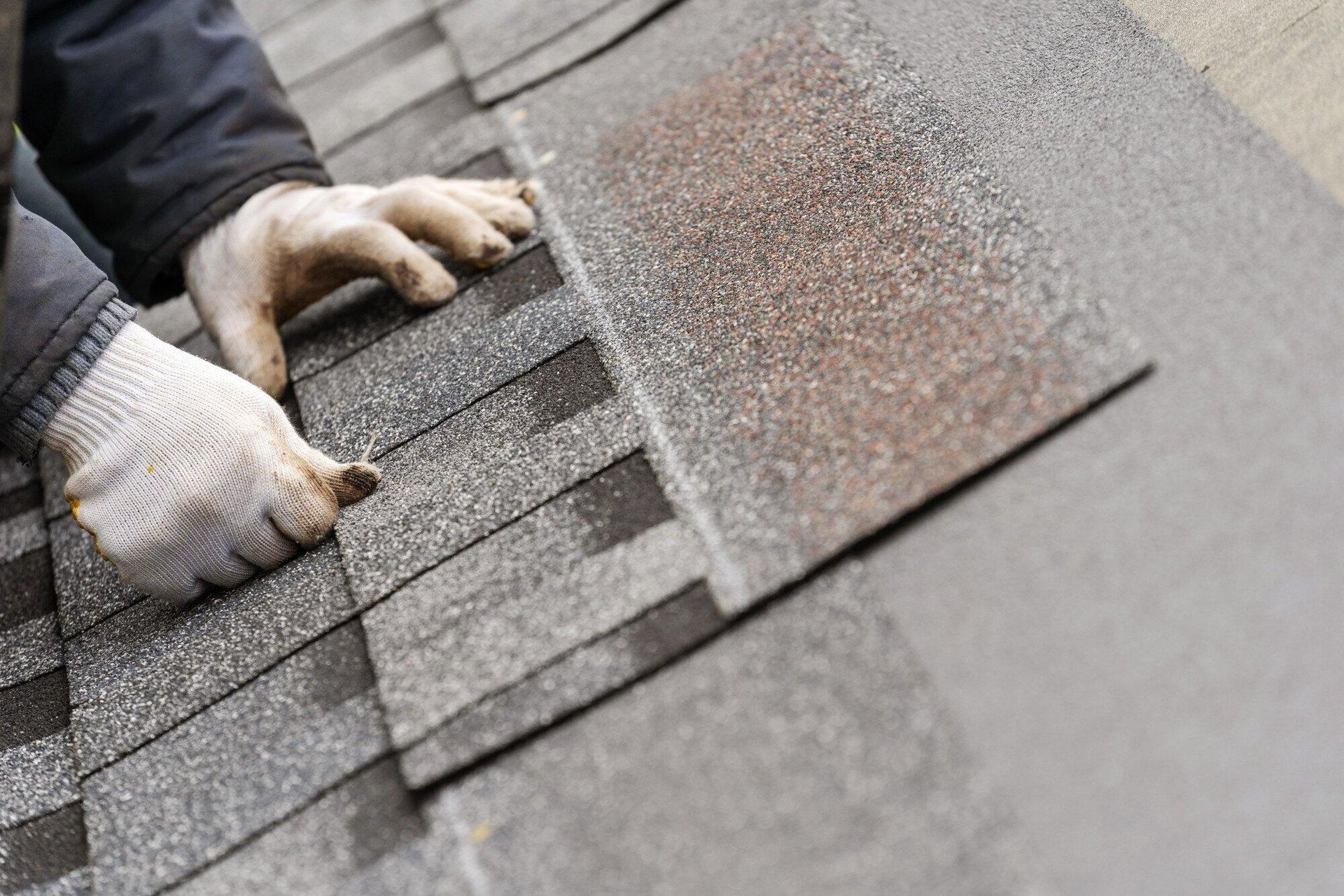
Picking the right roof is more thrilling than you think. It's a decision that affects your home's protection, style, and even your pocketbook. When we pit metal roofing vs asphalt shingles, the choice impacts everything from longevity to curb appeal.
If you're staring at the possibility of replacing your roof, grasping these distinctions is crucial. Metal roofs come with a reputation for resilience and sleek design, promising decades of shelter and elegance. Asphalt shingles, while traditional and familiar, often fall short in comparison, especially in longevity and performance.
Imagine a choice that not only defends your home against nature's fiercest but also adds a touch of class and efficiency. With this in mind, let's explore why metal roofs are winning hearts and homes, leaving asphalt shingles in the shadows.
1. Longevity and Durability
Metal roofs are true champions when it comes to longevity and durability. Picture a roof that can stand the test of time, lasting up to 60 years or even longer.
That's metal roofing for you. It's incredibly resistant to the elements, meaning it won't give in to the usual wear and tear that asphalt shingles do.
Asphalt shingles, though popular, typically have a life expectancy of only 20 to 30 years. They can suffer from cracking, curling, and even warping when faced with extreme weather conditions.
On the other hand, metal roofing laughs in the face of such challenges. It remains steadfast, whether it's a beating sun, howling wind, or freezing snow. This resilience means less worry about repairs or replacements.
For anyone looking at installing a roof that offers peace of mind for decades, metal is the clear winner. Its ability to withstand whatever nature throws at it without faltering makes it a smart choice for homeowners everywhere.
2. Eco-Friendly Choice
Choosing a metal roof is a big win for the environment. This roofing option stands out for its eco-friendly nature, being made mostly from recycled materials. Even better, at the end of its long life, a metal roof can be completely recycled, reducing landfill waste.
Asphalt shingles, in contrast, are far less green. Once they're removed, they often end up in landfills, taking up space and contributing to environmental degradation.
By opting for metal, you're not just choosing a roof for your home; you're making a choice that benefits the planet. It's a way to reduce your carbon footprint and support sustainability in construction.
Plus, metal roofs reflect solar heat, which can lower cooling costs and further reduce your environmental impact. For homeowners passionate about making eco-conscious decisions, installing a metal roof is a powerful step toward a greener, more sustainable home.
3. Energy Efficiency
Metal roofs are not just about durability and eco-friendliness; they're also incredibly energy-efficient. Thanks to their reflective properties, they can bounce back sunlight and heat, keeping your home cooler in the summer months. This means your air conditioning system won't have to work as hard, leading to significant savings on energy bills.
Asphalt shingles don't offer the same advantage. They tend to absorb heat, which can increase the temperature inside your home, making your cooling system work overtime during hot weather. The efficiency of metal roofing can make a noticeable difference in your comfort and your wallet.
With energy costs on the rise, choosing a roof that helps manage these expenses is a smart move. Metal roofing not only protects your home from the elements but also contributes to a more energy-efficient, cost-effective living environment.
4. Fire Safety
When it comes to keeping your home safe from fires, metal roofing is a standout choice. It's inherently fire-resistant, boasting a Class A fire rating; the highest level of fire resistance available. This means that in the face of wildfires or stray sparks, a metal roof is more likely to protect your home from catching fire.
On the other side, asphalt shingles, though common, don't offer the same level of fire safety. They're made from materials that can catch fire more easily, potentially putting your home at greater risk.
For anyone considering fire safe roofing, metal is the clear front-runner. It offers an added layer of protection that can make all the difference in emergency situations.
This feature is especially important in areas prone to wildfires or for homes with adjacent fire risks. By choosing metal, you're not just investing in a roof; you're investing in your home's safety and peace of mind.
5. Weather Resistance
Metal roofing stands as a fortress against various weather conditions. Whether facing downpours, heavy snow, hail, or high winds, metal roofs maintain their integrity. They are engineered to resist severe weather, ensuring that your home stays dry and damage-free.
This resilience is a key advantage over asphalt shingles, which can suffer from weather-related issues like lifting, breaking, or water leakage. These problems often lead to costly repairs or even early replacement.
Metal's superior weather resistance translates into fewer worries for homeowners, no matter what Mother Nature throws their way. This durability ensures that your home remains a safe haven, regardless of the weather outside.
For those living in areas prone to extreme conditions, installing a roof made of metal is a wise decision. It's a reliable roofing option that offers unmatched protection against the elements.
6. Lightweight Hero
The weight of your roofing material can have a significant impact on your home's structure. Metal roofing is remarkably lightweight compared to other materials, especially asphalt shingles.
This lighter weight means less strain on your home's structural support system. It can make installing a roof faster and less invasive, as the underlying structure doesn't need reinforcement to handle the weight. This aspect of metal roofing is often overlooked but is crucial for both new constructions and older homes.
For older homes, in particular, the light weight of metal can be a blessing. It eliminates the need for costly structural modifications. The ease of installation and the reduced pressure on your home's frame make metal roofing an all-around smart choice. Opting for a lightweight yet durable roof can extend the life of your home's structure and streamline the roofing process, making metal an appealing option for any homeowner.
7. Minimal Maintenance
One of the most appealing aspects of metal roofing is its low maintenance requirements. Unlike asphalt shingles, which can need regular inspections and repairs for issues like lifting, cracking, or algae growth, metal roofs keep maintenance to a minimum.
They stand strong against the elements, rarely requiring more than an occasional cleaning to look their best. This means more time and money saved for homeowners, who can enjoy the benefits of a worry-free roof. The durability and design of metal roofing ensure that it continues to perform and protect your home, year after year, without the constant upkeep.
For anyone seeking a reliable roofing option that doesn't demand constant attention, metal roofing emerges as the clear choice. It offers simplicity and ease in home maintenance.
8. Style and Aesthetics
Metal roofing doesn't just excel in function. It also offers a wide range of styles and colors to enhance your home's aesthetic appeal.
Whether you're looking for a modern look or a traditional finish, metal roofing can be crafted to match. This versatility allows homeowners to customize their roof to complement their home's design, making a statement or seamlessly blending with the existing architecture.
Unlike asphalt shingles, which have a more uniform look, metal roofing can mimic other materials like slate, tile, or wood, providing endless creative possibilities. This ability to personalize your home's exterior is a significant advantage, allowing for a unique curb appeal that reflects your style.
For those looking to elevate their home's appearance while ensuring long-term protection, metal roofing offers the perfect blend of beauty and function.
9. Increased Home Value
Investing in metal roofing can have a positive impact on your home's overall value. Thanks to its durability, energy efficiency, and aesthetic appeal, homes with metal roofs often see an increase in market value. This is a critical consideration for homeowners thinking about the future, whether planning to sell or looking to enhance their property's worth.
The long lifespan and low maintenance of metal roofing are attractive features for potential buyers, setting your home apart in the real estate market. Moreover, the energy savings and safety features associated with metal roofs add to the appeal, making it a smart investment for any homeowner.
When you choose metal roofing, you're not just upgrading your home. You're also investing in its future value.
10. Sound Insulation
A common myth about metal roofing is that it's noisy, especially during rain or hail. However, when properly installed with solid sheathing, a metal roof can actually be quieter than asphalt shingles. This layer acts as a sound barrier, muffling noise from the outside and providing a peaceful, quiet environment inside your home.
The tranquility that comes with sound insulation is a benefit many homeowners appreciate, especially in areas prone to heavy rain or hail. This feature ensures that the comfort of your living space is undisturbed, making your home a serene retreat.
For those concerned about the acoustic impact of replacing your roof, metal roofing offers an unexpectedly quiet solution. It combines strength with silence for the ultimate in home comfort.
11. Speedy Installation
Metal roofing panels come in large sections, allowing for a quicker and more efficient installation process than the smaller, individual shingles of an asphalt roof. This means that skilled contractors can complete your roofing project in less time, minimizing the disruption to your daily life.
The speed of installation is not only convenient but can also reduce labor costs, making metal roofing a cost-effective choice in the long run. For homeowners looking to minimize hassle and expedite the roofing process, metal offers a compelling advantage.
Its quick and straightforward installation ensures that your home is protected faster, without sacrificing quality or durability. This efficiency is just another reason why metal roofing stands out as a superior option for those considering replacing or installing a roof.
Metal Roof Installation: Replacing Your Existing Roof
Replacing your existing roof with a metal one is a significant upgrade that promises durability, efficiency, and style. The installation process, while straightforward for professionals, involves several critical steps to ensure your new metal roof performs optimally and lasts for decades.
Here's a simplified overview of what happens when you decide to switch to metal roofing.
Detailed Inspection
The journey begins with a detailed inspection of your current roof to assess its condition and measure the area. This step is crucial for planning the amount of materials needed and identifying any potential issues that need addressing before installation.
Depending on the state of your existing roof, the old materials may need to be removed. This is a vital step to guarantee that the roof structure is in good shape and ready for the new metal installation. However, if the existing roof is stable, the metal roofing can sometimes be installed directly over it, saving time and disposal costs.
Roof Surface Preparation
Preparation of the roof surface follows, which may include repairing or reinforcing the roof decking. An underlayment is typically laid down next, offering an extra layer of moisture protection.
Then comes the main event: installing the metal panels or shingles. Precision is key here, as the panels must be aligned correctly and securely fastened to prevent leaks and ensure longevity.
Finishing Touches and Final Inspection
Finishing touches are added next, including the installation of trim, flashing, and any other necessary components to protect against water infiltration. These details are crucial for the roof's performance, especially in areas prone to heavy rain or snow.
A final inspection wraps up the process, ensuring that everything has been done correctly and in accordance with building codes. Cleanup of the site is also important, with the team removing any debris and leftover materials.
Metal Roofing vs Asphalt Shingles: The Verdict
When it's time for replacing your roof, the debate between metal roofing vs asphalt shingles is worth considering. With benefits like longevity, eco-friendliness, and energy efficiency, metal roofs shine. They offer peace of mind, style, and savings, all rolled into one.
Upgrade to a durable, weather-resistant metal roof with Garner Roofing Inc., your El Dorado County expert since 1991. Combat California's sun and rain with our quality craftsmanship.
Need a lasting roof solution? Contact us now.
Metal Roofing Sacramento CA: Inspecting, Buying, and Installing
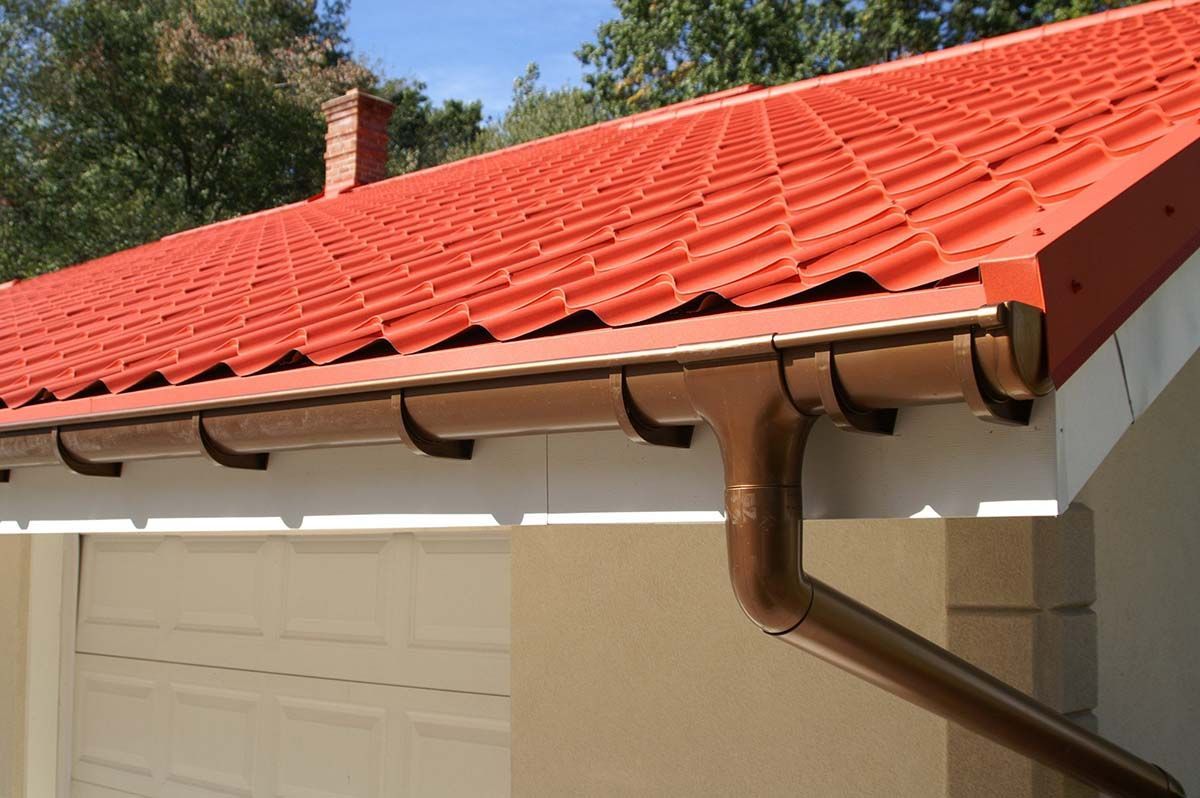
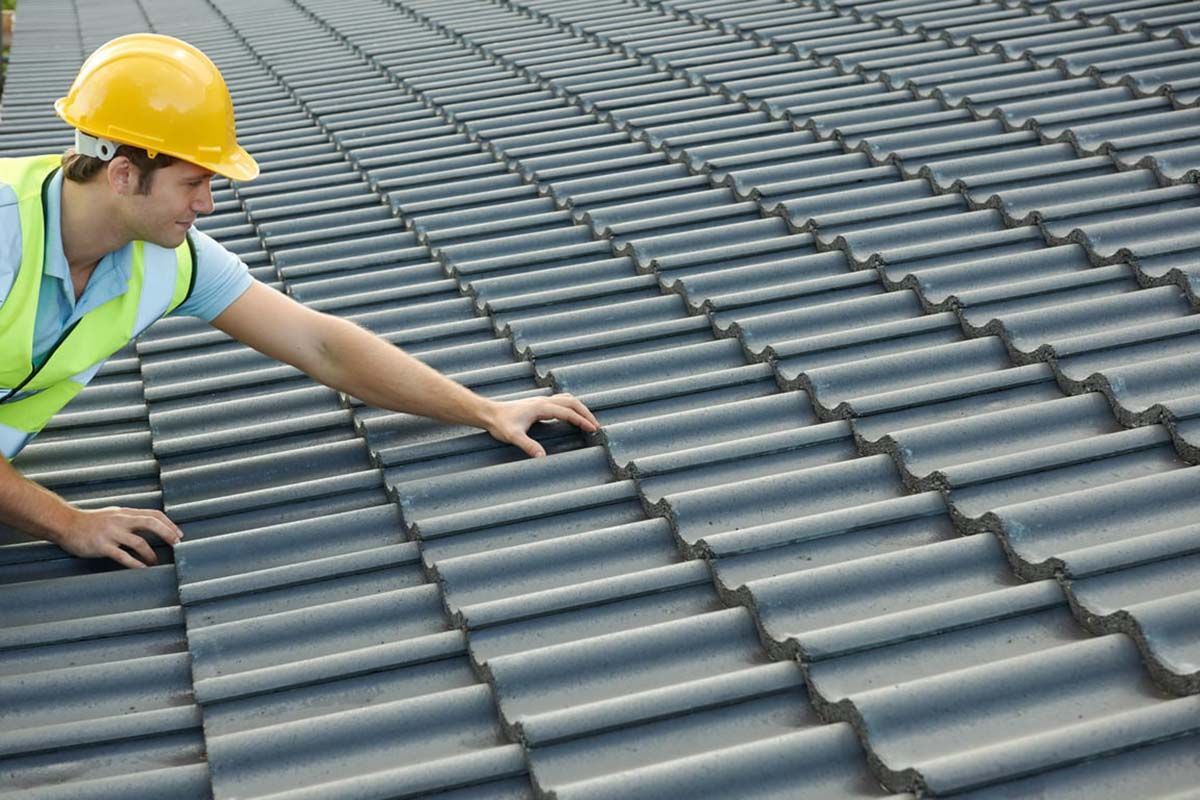
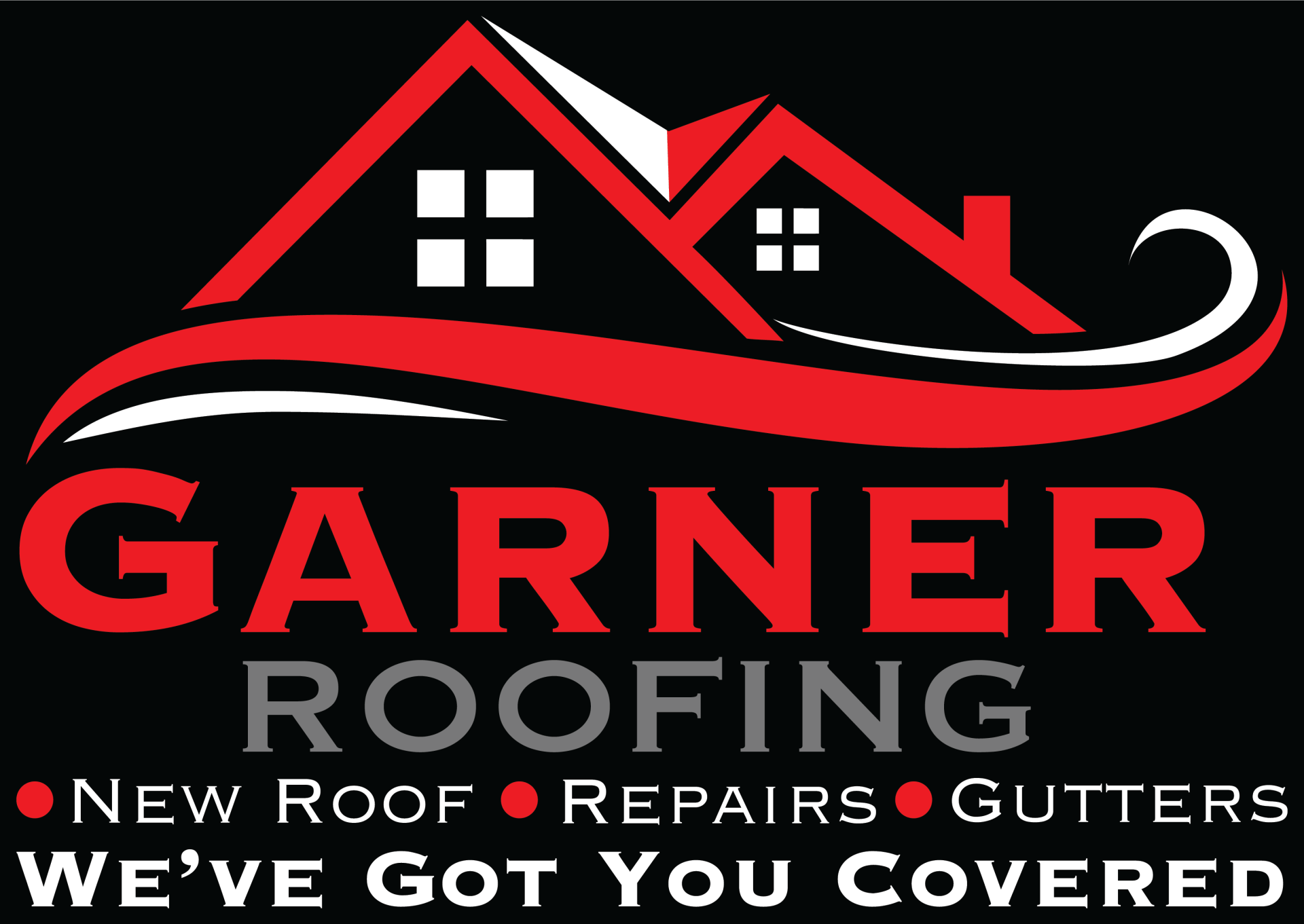
Hours:
Sunday - Closed
Monday - 8:00 am - 6:00 pm
Tuesday - 8:00 am - 6:00 pm
Wednesday - 8:00 am - 6:00 pm
Thursday - 8:00 am - 6:00 pm
Friday - 8:00 am - 6:00 pm
Saturday - 8:00 am - 4:00 pm
All Rights Reserved | Garner Roofing | Powered by Aletheia Digital
